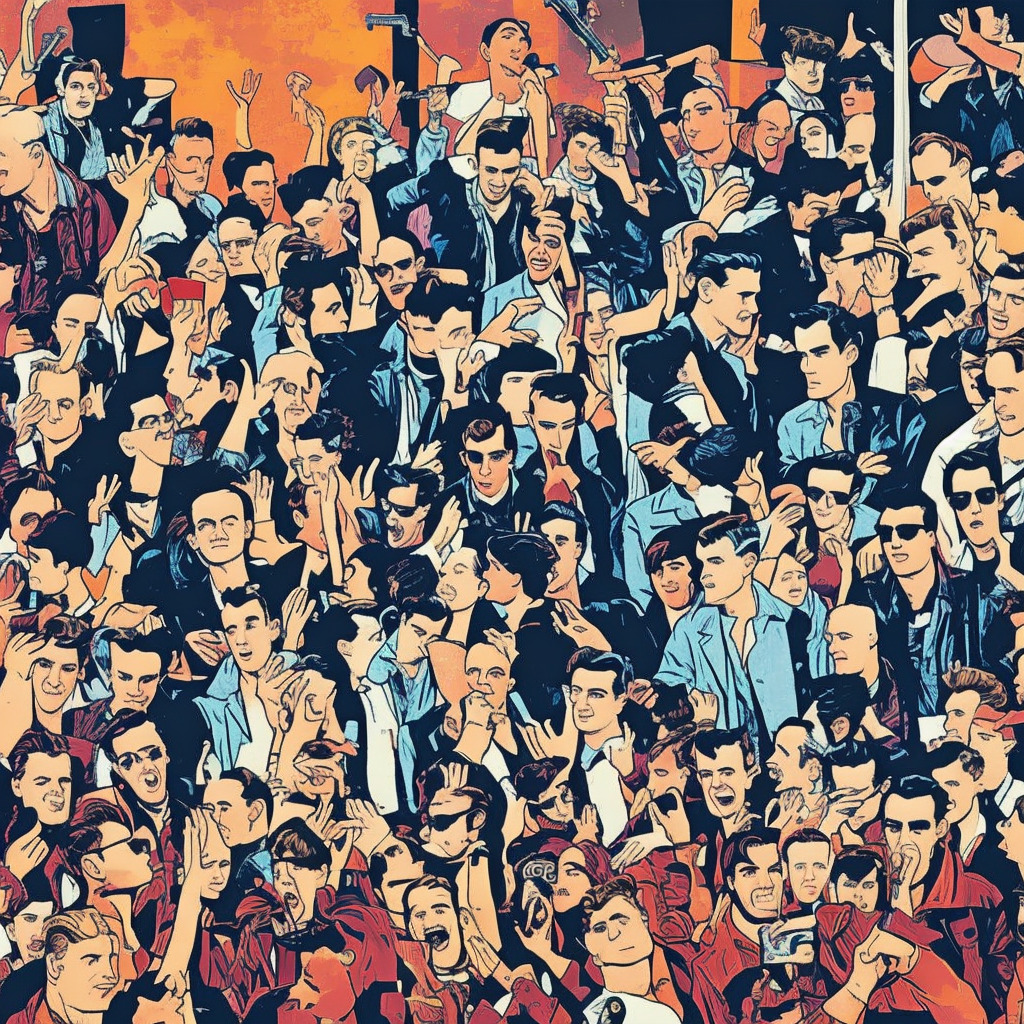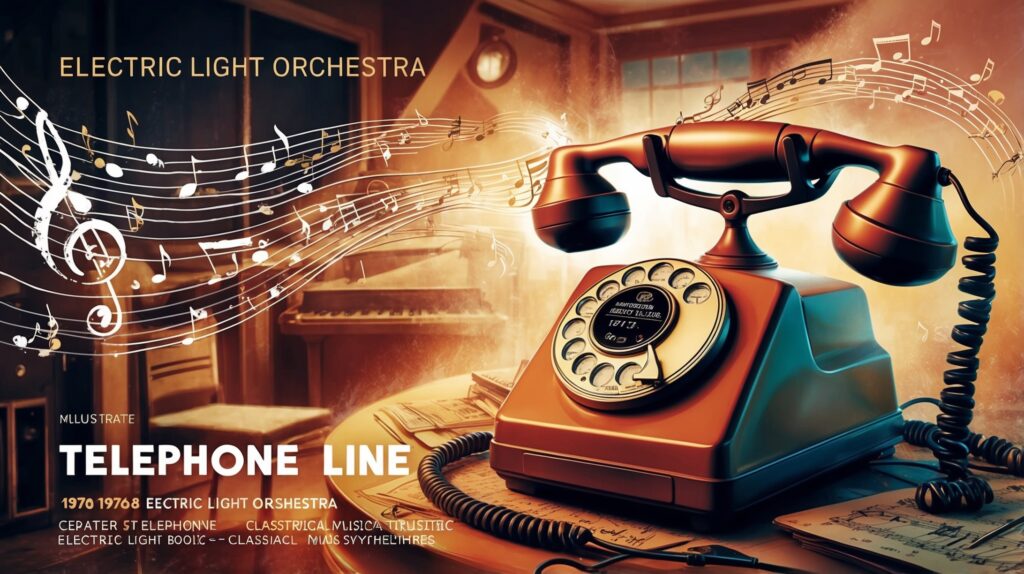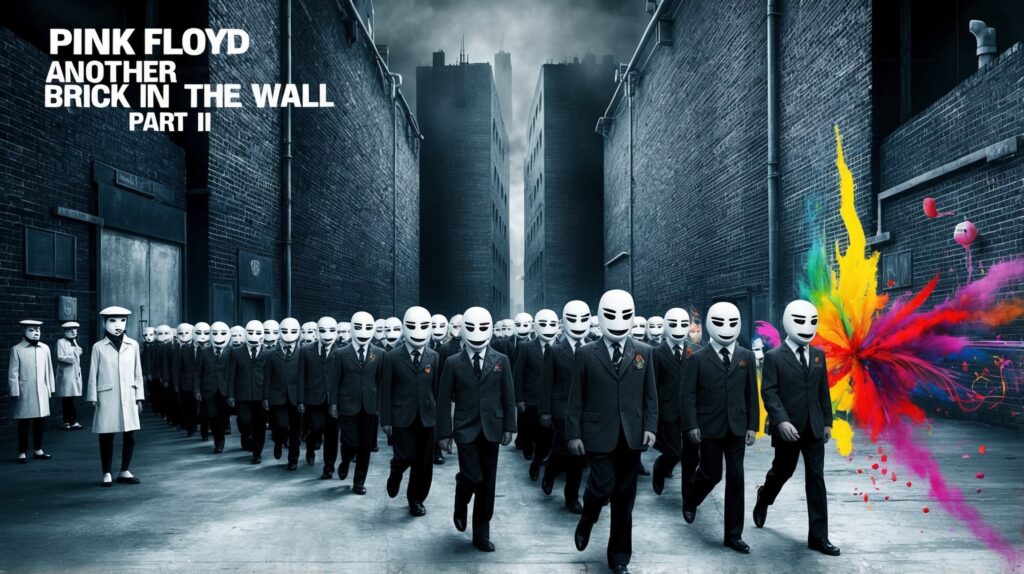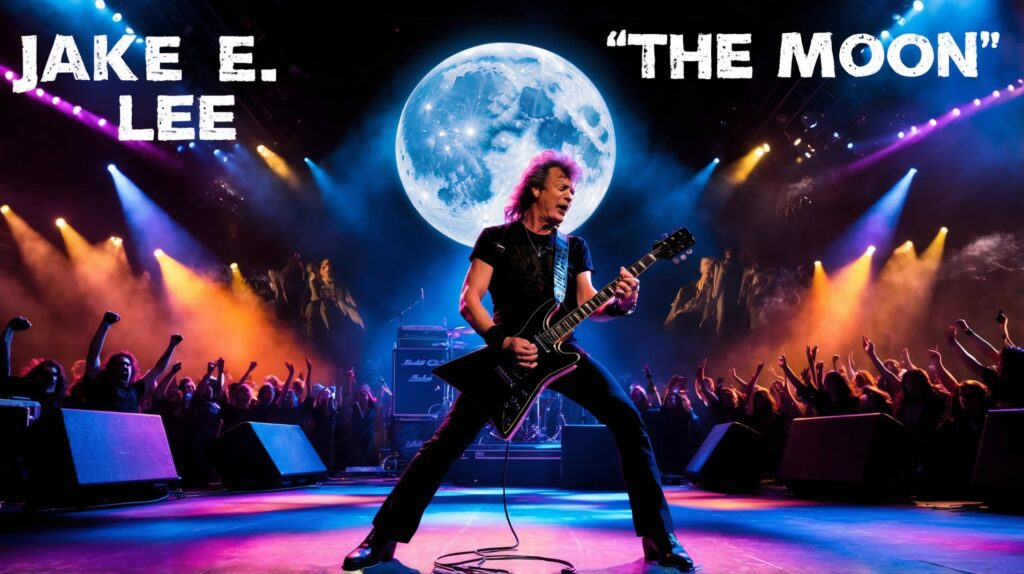🎸 Did you know? “William It Was Really Nothing” by The Smiths was originally a response to the ‘kitchen sink dramas’ of the 80s! 🎭 These Manchester icons turned ordinary life into pure poetry 📝✨ #TheSmiths #80sTrivia #KitchenSinkDrama #MusicFacts Read about it: tinyurl.com/bdcyf522
Behind the Scenes of a Timeless Classic
Dive into the enchanting melancholy of The Smiths’ timeless classic, “William It Was Really Nothing,” where Marr’s hypnotic guitar riffs and Morrissey’s introspective lyrics strike a captivating chord with indie rock enthusiasts.
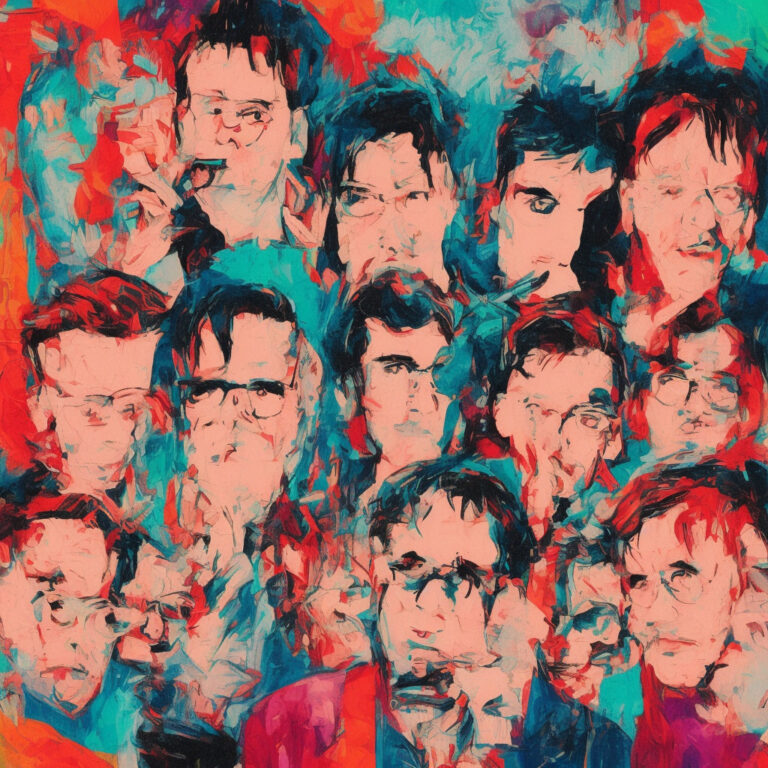
The Smiths, an iconic English rock band, are well-known for their distinctive sound, deeply introspective lyrics, and the unique pairing of guitarist Johnny Marr and vocalist Morrissey. Formed in Manchester in 1982, the band’s original lineup also included bassist Andy Rourke and drummer Mike Joyce. Over the course of their career, they released four studio albums and multiple singles that would go on to become indie rock staples.
One such song, “William It Was Really Nothing,” released in 1984, exemplifies the band’s talent for crafting catchy, melancholic tunes that still resonate today. As the A-side of the single, it was produced by John Porter and features Marr’s dazzling guitar work combined with Morrissey’s introspective lyrics, which tell the story of a young man reflecting on a failed relationship.
The song’s title is believed to be a reference to the film “Billy Liar,” which featured a character named William, grappling with similar themes of boredom and frustration in a small town. The song’s catchy jangle pop sound and Marr’s incredible guitar riff are what make it stand out among the band’s catalog, providing a perfect backdrop to Morrissey’s lamentations.
In terms of critical reception, “William It Was Really Nothing” has been hailed by many as a quintessential Smiths track, showcasing their skill in blending wistful lyrics with energetic instrumentals. In 2014, NME magazine ranked the song at number 94 on their list of “The 500 Greatest Songs of All Time.” However, it is not without its fair share of criticism. Some have argued that the song’s brevity, clocking in at just over two minutes, leaves the listener yearning for more.
Despite disbanding in 1987, The Smiths’ influence has left an indelible mark on the music world. Both Marr and Morrissey went on to have successful solo careers, with the latter becoming a controversial figure known for his outspoken and divisive opinions. But what continues to endure is the music they created together, including gems like “William It Was Really Nothing” that will forever hold a special place in the hearts of indie rock aficionados.
Charting the Course of a Classic
“Charting a Classic: The Smiths’ ‘William, It Was Really Nothing’ captivates with its poetic lyrics and distinct sound, leaving a lasting impact on fans and the UK music scene.”

Released on August 20, 1984, “William, It Was Really Nothing” quickly gained traction on the UK charts. The Smiths’ fans had high expectations, and the band did not disappoint. The song, which was released through Rough Trade Records, was the lead single for the compilation album “Hatful of Hollow” and later also included on their second studio album, “Meat Is Murder.”
Upon its initial release, the song debuted on the UK Singles Chart at a modest position of No. 49. However, it didn’t take long for the catchy melody, poetic lyrics, and Morrissey’s distinct delivery to captivate a wider audience. Eventually, “William, It Was Really Nothing” reached its peak position of No. 17 on the chart, an impressive accomplishment for the band at the time.
In terms of chart longevity, the song held its own, spending a total of 7 weeks on the UK Singles Chart. This achievement may not compare to some of the band’s other classics, such as “How Soon Is Now?” or “Bigmouth Strikes Again,” but it certainly helped solidify The Smiths’ place in the UK music scene.
“William, It Was Really Nothing” also found some measure of success in other parts of the world. It reached No. 7 on the Irish Singles Chart, demonstrating the band’s ability to connect with audiences beyond their native England.
As far as chart trivia goes, the song is notable for being one of the few Smiths tracks to feature a synthesizer, a departure from the band’s usual guitar-driven sound. The single also included the iconic B-side “How Soon Is Now?,” which would go on to become one of The Smiths’ most celebrated and enduring songs.
In conclusion, “William, It Was Really Nothing” may not have been the band’s highest-charting single, but its initial chart performance and lasting impact on fans make it an essential part of The Smiths’ discography.
Unraveling the Lyrics of a Classic
The rain falls hard on a humdrum town
This town has dragged you down
Oh, the rain falls hard on a humdrum town
This town has dragged you down
And everybody’s got to live their life
And God knows I’ve got to live mine
God knows I’ve got to live mine…
William, William it was really nothing
William, William it was really nothing
It was your life…
How can you stay with a fat girl who’ll say:
“Would you like to marry me
And if you’d like you can buy the ring”
She doesn’t care about anything
Would you like to marry me
And if you’d like you can buy the ring
I don’t dream about anyone
Except myself!
In the song “William It Was Really Nothing,” The Smiths deliver a melancholic yet catchy tune with lyrics that perfectly capture the spirit of the time. Written in 1984, the song reflects the disillusionment, frustration, and longing for escape that many young people felt during the era of Thatcherism in the UK.
The lyrics describe life in a small, humdrum town (“This town has dragged you down”) where rainfall is a constant reminder of one’s dreary surroundings. The protagonist, presumably named William, is encouraged to seize the day and live his own life, breaking away from the constraints of his environment (“God knows I’ve got to live mine”).
The song also touches on societal expectations and the pressure to conform, particularly in regards to marriage. The female character featured in the song is portrayed as someone who doesn’t care about anything except for getting married, placing the burden of buying a ring on her partner (“And if you’d like you can buy the ring”). This line can be interpreted as a critique of the superficiality and materialism that was prevalent during the 1980s.
At the heart of “William It Was Really Nothing” is a sense of yearning for something more meaningful than the mundane existence that many experienced during this period. The Smiths, as always, managed to articulate these feelings in a poignant and memorable way, making the song a timeless anthem for those seeking to break free from the constraints of society and live life on their own terms.
A Visual Feast: The Music Video for “William It Was Really Nothing”
“Fan-made visual masterpieces: Diverse interpretations of The Smiths’ classic ‘William It Was Really Nothing’ showcase timeless themes and enduring influence.”
“William It Was Really Nothing” by The Smiths might not have had an official music video created by the band, but that hasn’t stopped fans from putting their own spin on the song’s visual representation. Although we can’t discuss a specific director or production company, we can dive into the creative approaches and interpretations that the song has inspired throughout the years.
One notable fan-made video features a montage of classic black-and-white films, including scenes from iconic movies such as “Rebel Without a Cause” and “A Streetcar Named Desire.” This nostalgic approach aligns with The Smiths’ penchant for incorporating elements of classic cinema into their own imagery (note the album cover for “The Queen Is Dead” featuring Alain Delon from the film “L’Insoumis”). The choice of films not only reflects the themes of love, longing, and rebellion found in the song’s lyrics, but also captures the timeless quality of The Smiths’ music.
Another popular take on a music video for “William It Was Really Nothing” showcases a compilation of live performances by The Smiths, chronicling the band’s various appearances in the 1980s. This type of video pays homage to The Smiths’ dynamic on-stage presence and highlights the raw energy and emotional depth that made their live shows so captivating. It also serves as a testament to the band’s enduring influence, as new generations of fans continue to discover and celebrate their music.
Lastly, some creative fans have taken a more abstract approach, using animation and other artistic styles to bring the song to life. These interpretations often focus on the song’s lyrical content, exploring themes of love, disillusionment, and the fleeting nature of youth. By choosing to express these elements through unique visual mediums, these fan-made videos emphasize the universality and timeless appeal of “William It Was Really Nothing.”
While we may never see an official music video for this classic Smiths tune, the variety of fan-made videos available on platforms like YouTube provide an interesting and diverse range of artistic perspectives on the song. These creations showcase the lasting impact of “William It Was Really Nothing” and how it continues to inspire new forms of expression, even decades after its release.
The Remarkable Composer Behind “William It Was Really Nothing”
One cannot overlook the brilliance of the composer behind The Smiths’ catchy tune “William It Was Really Nothing,” Johnny Marr. Marr was not only the guitarist for the legendary band, but also the mastermind behind most of their unforgettable melodies. His unique style and innate ability to create an unforgettable soundscape are truly unparalleled, and his work with The Smiths is a testimony to that. Besides “William It Was Really Nothing,” Marr has also crafted other notable hits for the band like “This Charming Man,” “How Soon Is Now?” and “Heaven Knows I’m Miserable Now.” His distinct guitar sound was a crucial element in defining the band’s signature style, leaving an indelible mark on the music scene of the 1980s and beyond.
A Legacy of Accolades and Appearances
“An enduring indie classic, ‘William, It Was Really Nothing’ stands the test of time with its infectious melody, introspective lyrics, and prominent presence in both music charts and pop culture.”
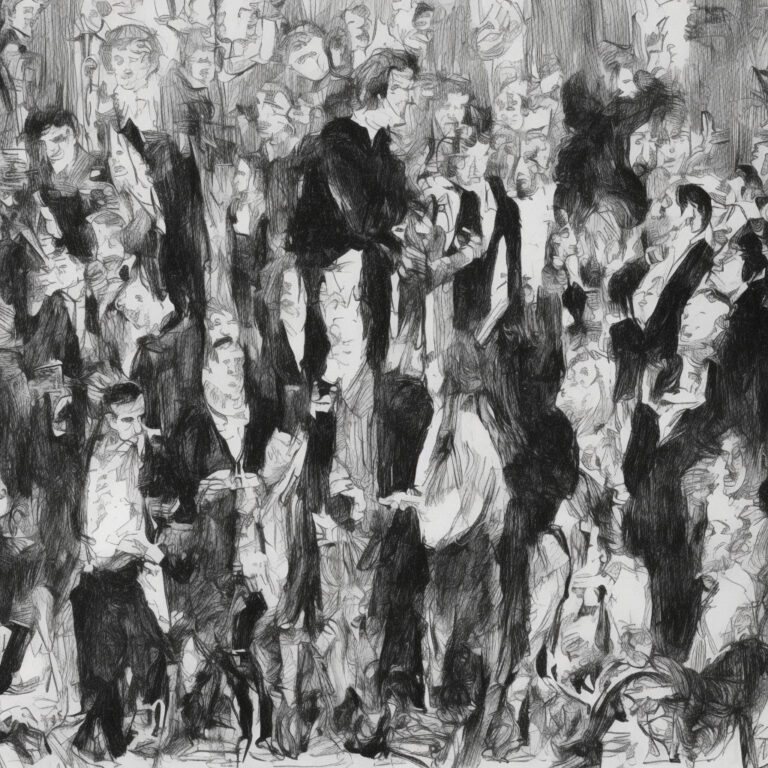
“William, It Was Really Nothing” has left an indelible mark on the music industry since its release in 1984. The song enjoys a lasting legacy, with accolades and appearances in various forms of media. Throughout the years, it has earned a place on numerous “best of” lists, asserting its status as a classic track in The Smiths’ storied discography.
The song’s infectious melody and introspective lyrics have captured the attention of critics and fans alike. In 2004, the track was included in the prestigious NME’s “The 500 Greatest Songs Of All Time” list, occupying the 204th spot. In 2007, “William, It Was Really Nothing” received even higher praise, ranking at number 6 on Mojo’s “The 50 Greatest UK Indie Records of All Time” list. These accolades have solidified the song’s status as an essential piece of indie music history.
The song’s popularity has not been limited to the world of music. “William, It Was Really Nothing” has made its way into other forms of pop culture, including television and film. The track has appeared on the UK television series “Skins” and the 2010 romantic comedy “The Switch,” starring Jennifer Aniston and Jason Bateman. These well-received appearances have introduced the song to new audiences and reinforced its staying power.
While The Smiths’ original version continues to be celebrated, the song has also spawned several notable cover versions over time. In 1997, English indie rock band Supergrass released their rendition of “William, It Was Really Nothing” as part of the B-sides on their “Late in the Day” single. Additionally, Scottish singer-songwriter Lloyd Cole recorded a stripped-down acoustic cover of the song for the 2001 compilation album “The Smiths Is Dead.” These covers pay homage to the original while showcasing the adaptability and enduring appeal of this classic track.
As “William, It Was Really Nothing” continues to enchant listeners and garner accolades, it remains a testament to The Smiths’ unparalleled contribution to the world of music. With its rich history of recognition and appearances, the song’s legacy will undoubtedly continue to thrive for years to come.
Dissecting the Musical Anatomy
Diving into the musical structure of “William It Was Really Nothing,” we can appreciate the intricate details that make this song stand out in The Smiths’ discography. This post-punk song is composed in the key of F# major, which is known for its uplifting and triumphant qualities, making it a perfect choice for a tune that playfully explores themes of love and self-doubt.
The song begins with an iconic arpeggiated riff on the guitar, courtesy of Johnny Marr. The riff is built on the F# major chord, followed by the D# minor chord, and then the B major chord. This progression showcases Marr’s ability to craft a catchy, melodic, and harmonically rich foundation for the song. The bass, played by Andy Rourke, complements the guitar riff with a pulsating rhythm that creates a sense of urgency, which is further accentuated by Mike Joyce’s tight drumming.
As we move into the verse, Morrissey’s vocals enter, and the chord progression shifts to F# major, D# minor, and C# major. This shift introduces a sense of tension and release in the song, which is a characteristic of The Smiths’ songwriting style. The tempo of the song is maintained at a brisk 138 BPM (beats per minute), which contributes to the overall upbeat and energetic feel.
The chorus brings a change in the chord progression as well. Here, we can hear the progression of B major, C# major, D# minor, and F# major. This progression, along with Morrissey’s soaring vocal melodies, gives the chorus a sense of resolution and emotional catharsis, as if the protagonist in the song is finally breaking free from the constraints of a mundane life.
Throughout the song, Johnny Marr’s use of his signature jangly guitar tone and intricate picking techniques adds a layer of depth and sophistication to the arrangement. His choice to employ a capo on the fourth fret allows him to play open chords and achieve a bright, ringing sound that has become synonymous with The Smiths’ guitar work.
In summary, the musical structure of “William It Was Really Nothing” showcases The Smiths’ ability to blend catchy melodies, complex harmonies, and subtle rhythmic changes into a seamless and engaging composition. It is a perfect example of the band’s unique approach to songwriting and arrangement, which ultimately contributed to their lasting impact on the music world.

